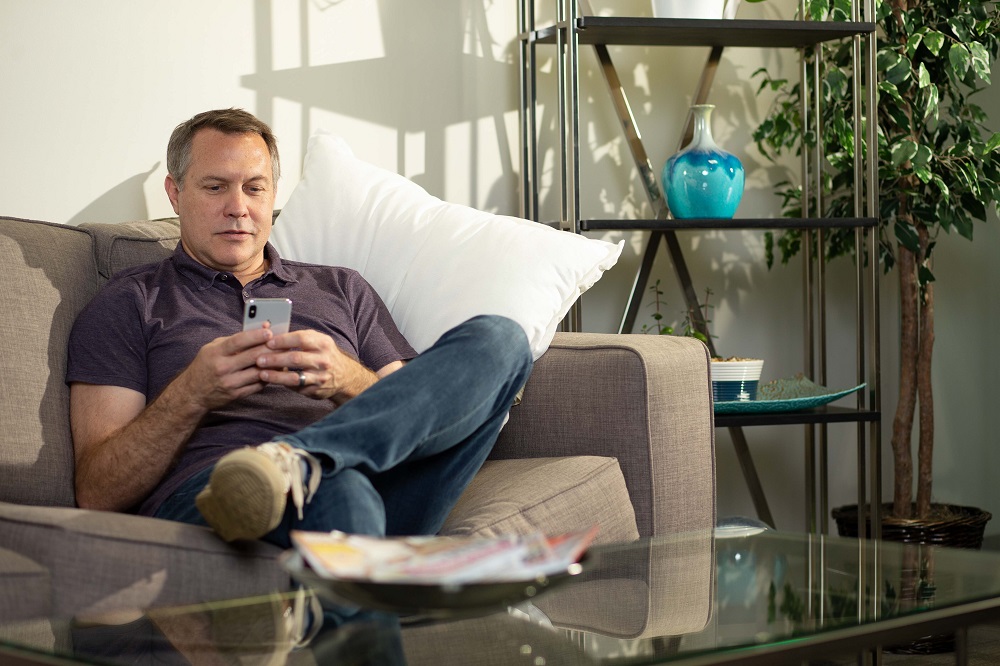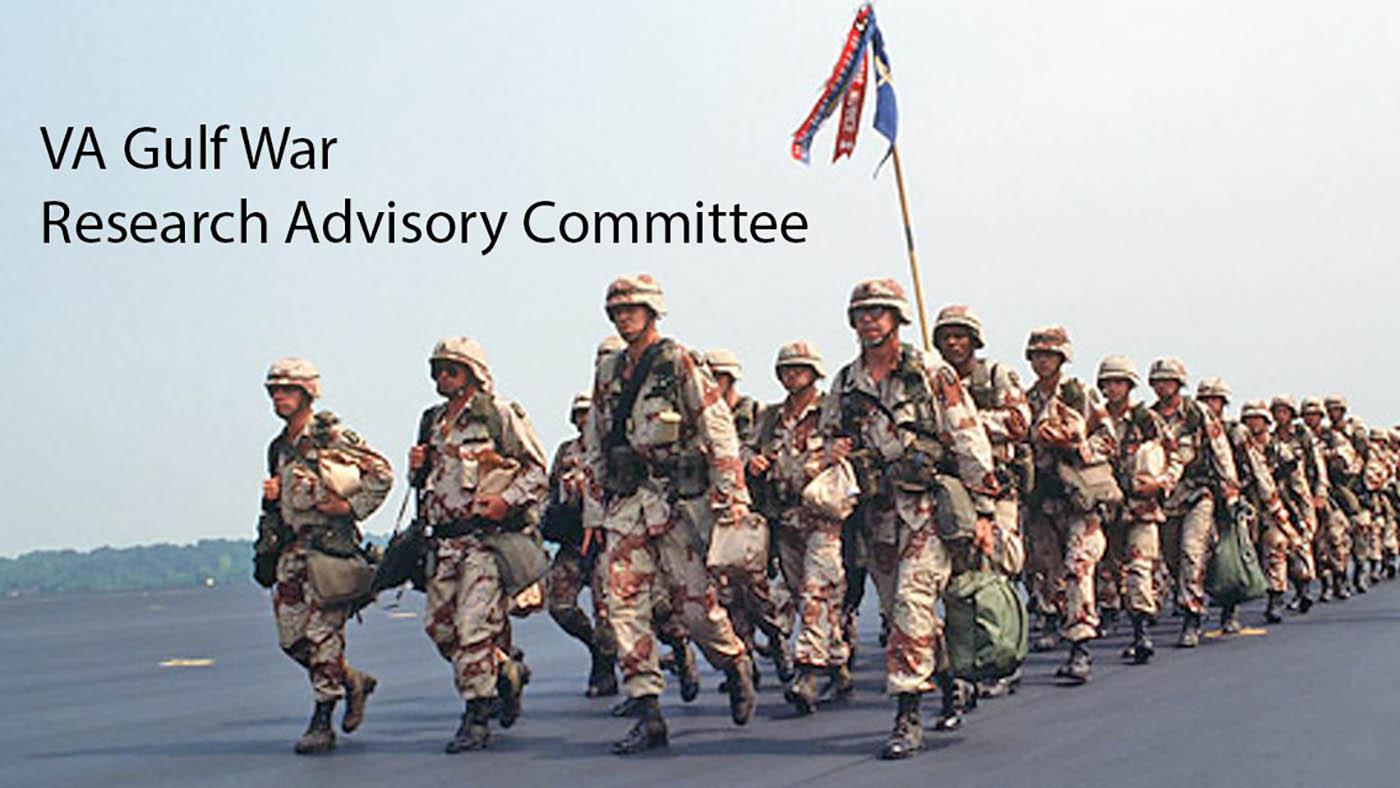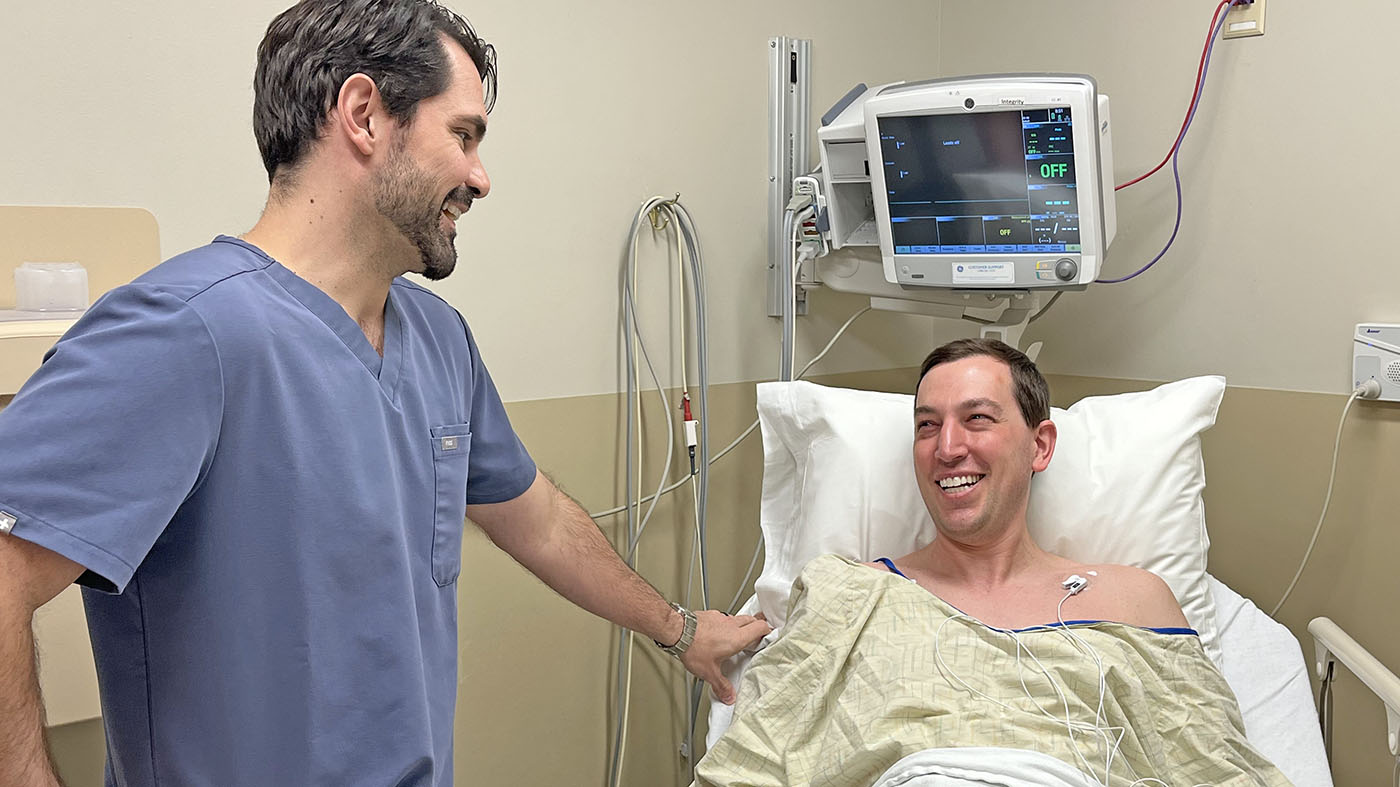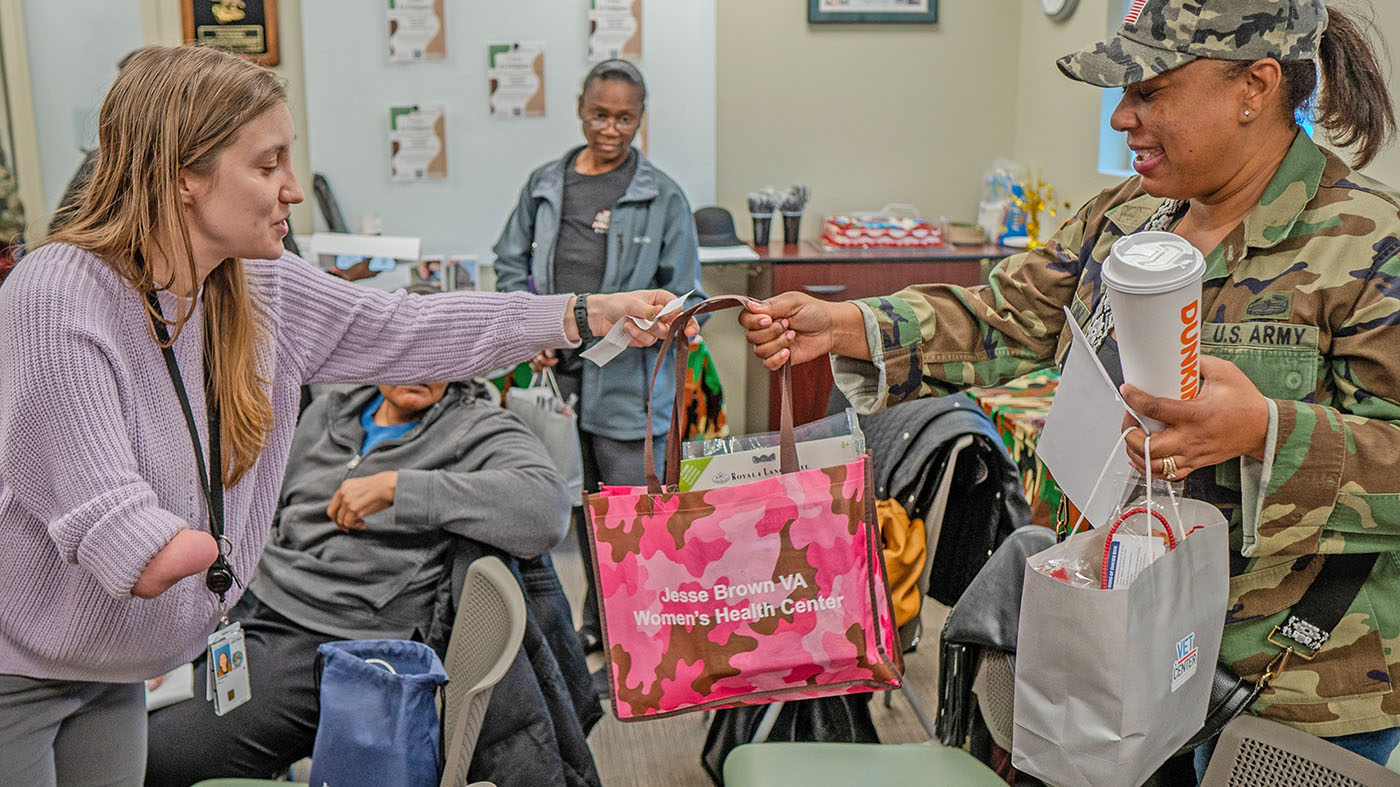While first responders fight the California wildfires, VA is making sure California Veterans remain safe and have access to the high-quality health care they need.
VA’s Remote Patient Monitoring – Home Telehealth (RPM – HT) program has emergency procedures in place to connect Veterans with VA providers in a crisis.
Smoke from these fires has affected air quality from coast to coast and beyond the U.S.
“Within hours of wildfires threatening the homes and lives of residents in central and Northern California, our team implemented emergency plans to care for Veterans enrolled in RPM – HT,” said Sandy Murphy.
Murphy is VA’s Office of Connected Care program manager for the Sierra Pacific Network, also known as VISN 21. VISN 21 includes VA facilities in central and Northern California, Nevada, and the Pacific Islands.
Worst year on record for California fires
These emergency procedures have been essential to the well-being of Veterans in California as they face a severe wildfire season. Five of the six largest fires in California’s modern history have occurred this year. The California Department of Forestry and Fire Protection reported that 2020 has been the worst year on record for the Golden State.
To date, almost 4 million acres have gone up in flames. That’s a land area larger than Connecticut.
The Veterans enrolled in VA’s RPM – HT program include patients who need daily health monitoring. RPM – HT enables Veterans to send important health data from the comfort of their home. They can use a computer, mobile device or VA-issued medical equipment.
Trained VA clinical staff then review the data and raise concerns when necessary.
As part of the RPM – HT emergency procedures, Murphy’s team issued an emergency alert to the devices of 3,334 Veterans in areas affected by the wildfires. The alert informed Veterans of the wildfires and encouraged them to follow any evacuation orders or smoke precautions. The alerts also advised them to abide by COVID-19 physical distancing guidelines.
Team didn’t stop there
They also made sure each Veteran received a personal phone call from someone on their RPM – HT care team.
“Telehealth allows Veterans to receive care from anywhere. But physical distance should not prevent them from forging relationships with their providers. These calls allowed us to make sure Veterans had received the emergency alert and ask if they had any specific needs or concerns,” Murphy said.
Murphy’s team also contacted VA staff members working in RPM – HT. “It was very important that these clinical staff members were all on the same page. That they were safe and that they had the tools necessary to care for patients.”
VA facilities across the country have used similar emergency action plans to inform Veterans enrolled in RPM – HT. Other emergencies have included hurricanes, floods and tornadoes. VA staff members brief Veterans on these emergency procedures when they enroll in a telehealth program.
Video Connect use up by 1000%
In recent months, digital communication has played a vital role in educating Veterans about receiving VA care. VA providers and Veterans have increasingly shifted their in-person visits to telehealth appointments.
The VA Video Connect app enables Veterans to easily and securely connect with their VA care providers through live video on any computer, tablet or mobile device with an internet connection. The use of VA Video Connect has increased by more than 1,000% earlier this year. The app continues to support more than 25,000 virtual appointments each day.
VA also recently announced a new partnership with Apple Inc. to expand VA’s iPad program. The program will provide qualifying Veterans with a cellular data-enabled iPad to access telehealth services while not at a VA facility. These tablets continue to bridge the digital divide for Veterans who might not have access to broadband internet or a video-capable device.
Telehealth capabilities continue to expand. They let Veterans receive high-quality care from anywhere and at any time — even in the face of wildfires and a pandemic.
To learn more about VA telehealth and what VA is doing to make sure Veterans have timely access to care, visit VA’s COVID-19 FAQ page.
Daniel Shedd is a senior communications associate for public relations at Reingold.
Topics in this story
More Stories
VA Research Advisory Committee on Gulf War Veterans’ Illnesses hosting Veteran Engagement Sessions in Phoenix for 1990-91 Gulf War Veterans.
Navy Veteran and president of the American Medical Association got a colonoscopy and encourages other Veterans to do the same.
Chicago Vet Center and VA gave women Veterans information on VA services available to them.







